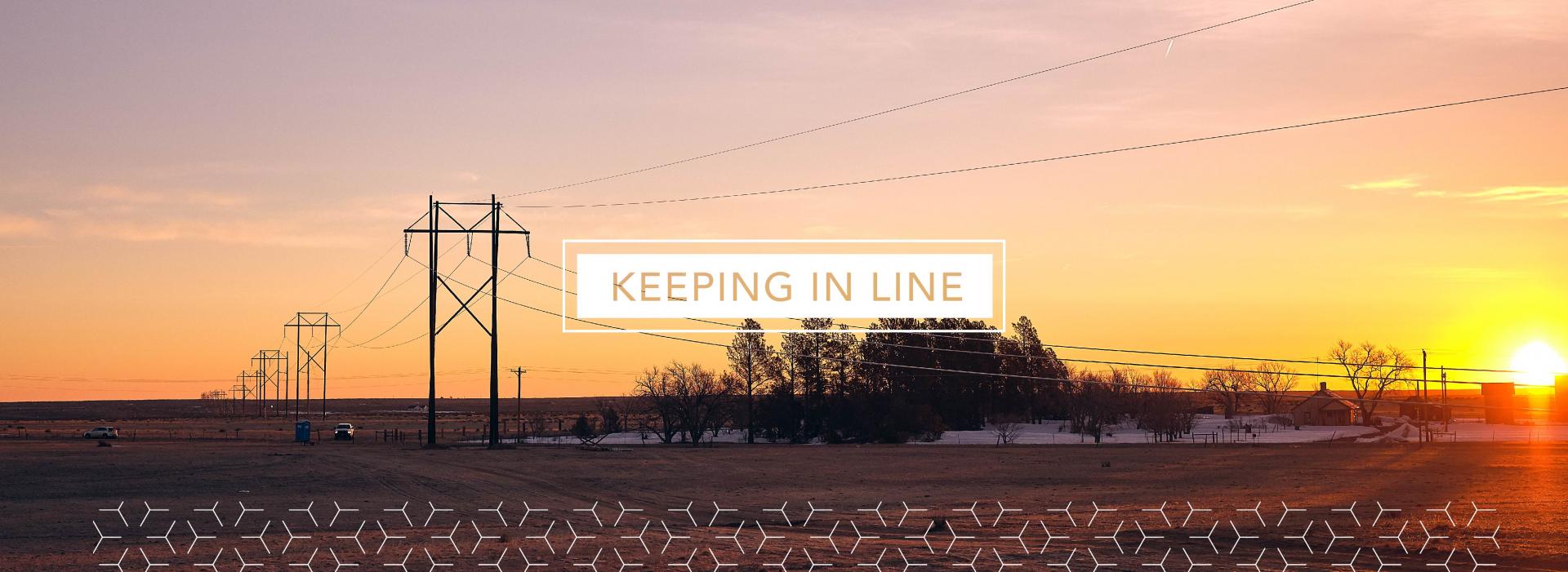
Keeping in Line
What it Takes to Build a New Transmission Line
Building a new transmission line isn’t just business as usual for Tri-State. Every project requires great care in unique ways and no project is the same. When our cooperative members have growing loads in their service territories, sometimes building new facilities is the only option to ensure their consumers have safe, reliable energy. The process isn’t an easy one and often takes years of planning, engineering, construction, and restoration.
Once the need for new transmission facilities is established with the member, one of the first steps is finding the appropriate site for a new substation, if required, and to work with stakeholders to reach a consensus on the preferred route for the transmission line that will carry the new load. Tri-State Lands and Permitting spearheads the transmission line routing process, with input from the project team and stakeholders.
Once the route is established, Lands conducts a market study and determines the fair market value for the properties and Tri-State and the landowners negotiate specifics of the easements. Engineering provides the detailed design including the placement and type of structures to be installed, the length of the spans between structures, and the configuration of the conductors, shield wire and fiber optic cable associated with the transmission line. They also provide the detailed design for the substation facilities and the member interface while adhering to design and safety codes and standards.
The permitting process can take many years depending on a number of factors. When federal land is involved, the permitting process is significantly more complicated and can take much longer because federal lands are owned collectively by U.S. citizens and all uses must be consistent with the designation of the land and other federal laws, such as the National Environmental Policy Act (NEPA), the Endangered Species Act (ESA), and the National Historic Preservation Act (NHPA), among others. Construction on federal lands may require extensive environmental review, which can take multiple years to complete.
The Environmental team goes to great lengths to determine the most suitable areas for the facilities and the line route, considering costs, constructability, environmental impacts, and community/landowner concerns. From identifying potential routes for the transmission line and associated access roads to conducting required surveys to determine the least impactful project design, no detail is overlooked.
Constructing a new transmission line takes TLC
How property is treated isn’t something to take lightly. Land is personal and when a landowner agrees to work with us, we take our obligations seriously. While we can’t accommodate all landowner requests, we make every effort to minimize our footprint and ensure their lands remain usable or if they are not, that they are fairly compensated for any losses. We can often work around existing structures on a property, preserve certain landscaping, or span over features such as center-pivot irrigation systems.
In late 2017, Tri-State member High West Energy needed support by adding transmission facilities to help serve their growing load in northeast Colorado. Finished in 2021, the project runs approximately 19 miles across privately owned land just outside of Grover, Colorado. No job is without its challenges and this one came with unique roadblocks and obstacles.
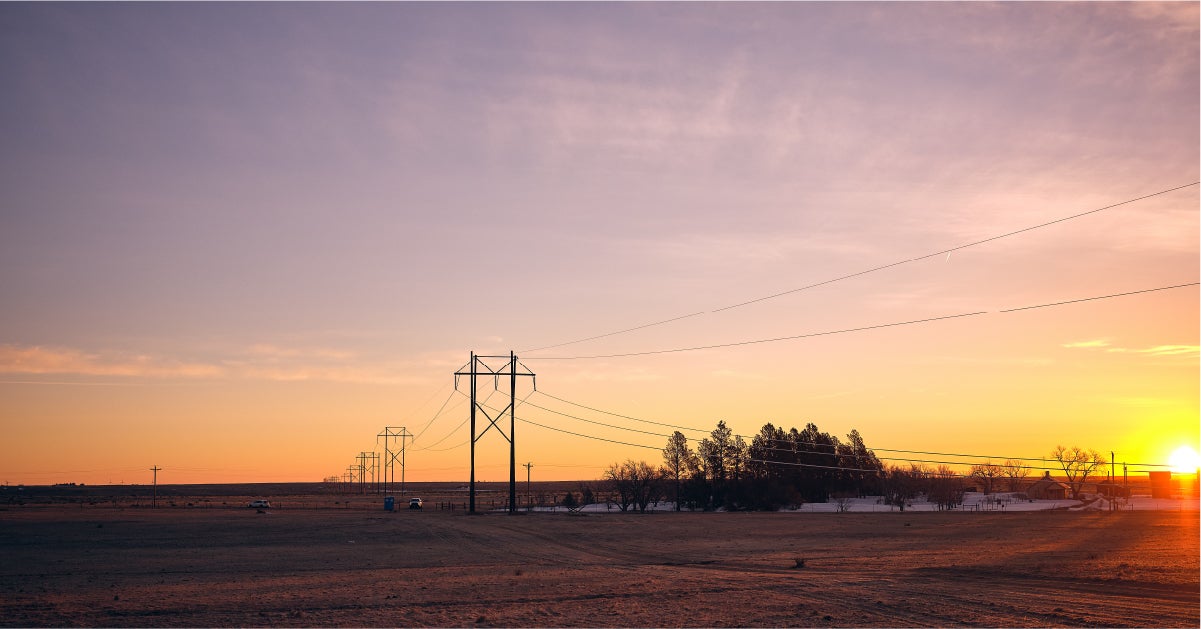
During the initial stages of the project, biological surveys were conducted that identified burrowing owls and twelve raptor nests within the proposed transmission line alignment. Burrowing owls are a Colorado State Threatened species and raptors and their nests are protected under the Migratory Bird Treaty Act (MBTA). Following Colorado Parks and Wildlife’s seasonal non-encroachment buffers and timing restrictions, impacts to nesting raptors and burrowing owls were avoided. However, pre-construction surveys identified a new Bald Eagle nest within half a mile of the transmission line.
The environmental team worked with the U.S. Fish and Wildlife Service to implement conservation measures including restricted helicopter use within one mile of the nest, installation of bird flight diverters on the static wire within half a mile of the nest, and continual nest monitoring through construction. Two young eagles successfully fledged the nest in July and no impact to the eagles from the project occurred.
Another challenge during the project was the removal of an old house on the proposed right-of-way. The site was a homestead of Scottish immigrants and dated back to 1909. However, in recent years the home had been filled with debris and most of the structures had collapsed and degraded. Before the home was removed the environmental team conducted cultural resource surveys, which determined that the site had deteriorated and did not meet the criteria for eligibility on the National Register of Historic Places. Prior to removal, a demolition permit was required from the Colorado Department of Public Health and Environment (CDPHE). The structures were tested for asbestos-containing materials and then safely demolished, and all trash and debris cleared from the site.
During construction, crews try to minimize the impact on the land and leave the property as close to its original state as possible. After the transmission line is strung and energized, cleanup and restoration of the site begins. This includes removing all waste and debris, re-countering and re-claiming disturbance resulting from construction activities, repairing gates and fences, and re-seeding of the transmission right-of-way. Restoration is then monitored, sometimes for years, until the vegetation has been restored as close as possible to near pre-construction conditions.
Construction of the project was accomplished through a collaboration of internal and contracted resources to manage costs and maintain the schedule. The coordination was accomplished through routine meetings led by project management, bringing together members from Transmission, Land Rights and Permitting, Engineering, Construction, Maintenance, Operations, Systems Support, and Supply Chain Services.
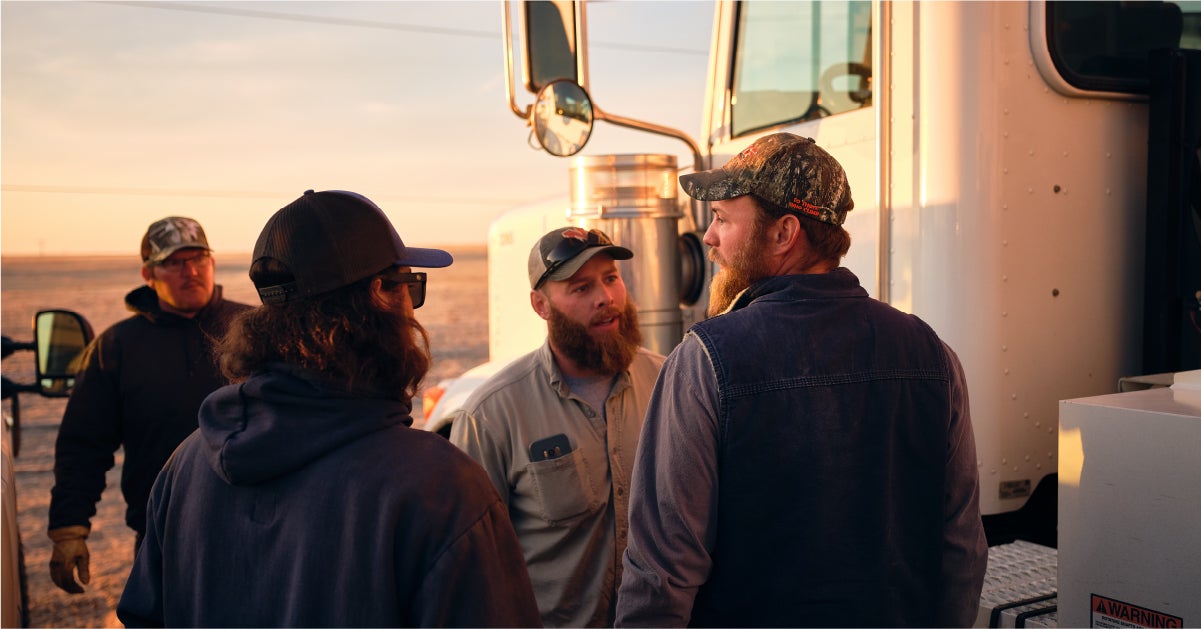
Transmission investments increase reliability, support renewables and bolster the system
Tri-State’s mission is to serve our members with a reliable, affordable and responsible supply of power in accordance with cooperative principles. Electricity transmission is an important part of that mission.
Whether it’s developing new delivery points to provide power to our members, making needed investments in the regional transmission system to keep power reliable while adding more wind and solar resources, or advancing the goal of participating in a regional transmission organization. As our members’ needs change, our job is to make sure we can always deliver the power they need.
--
About Tri-State
Tri-State is a power supply cooperative, operating on a not-for-profit basis, serving electric distribution cooperatives and public power district member-owners in four states. Together with our members, we deliver reliable, affordable and responsible power to more than a million electricity consumers across nearly 200,000 square miles of the West. Visit www.tristate.coop.
Blog Posts

Common Summer Electrical Problems to Avoid

Outdoor Cooking with Electric Grills
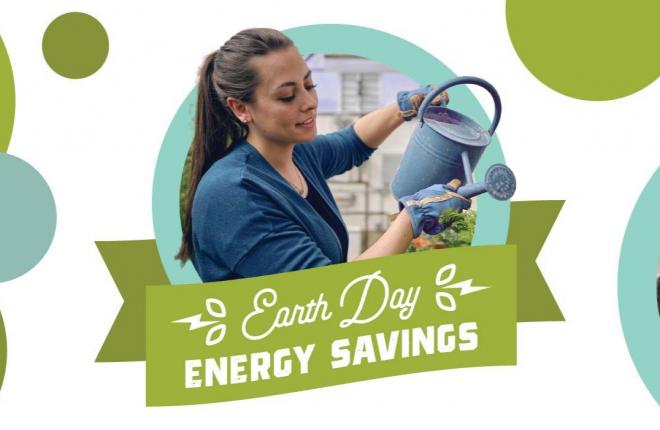
Earth Day 2021 Energy Saving Tips
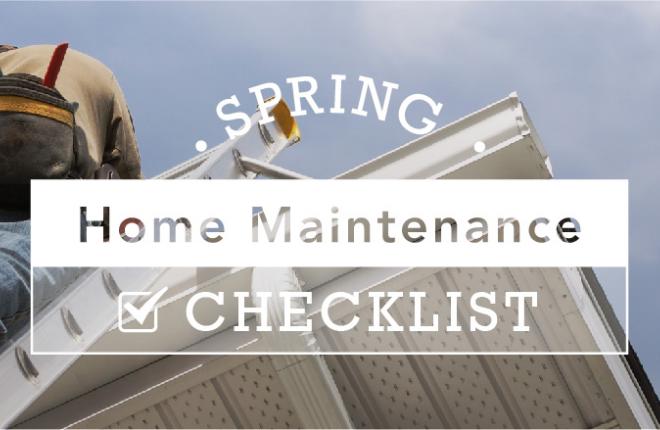
Home Maintenance Checklist for Spring
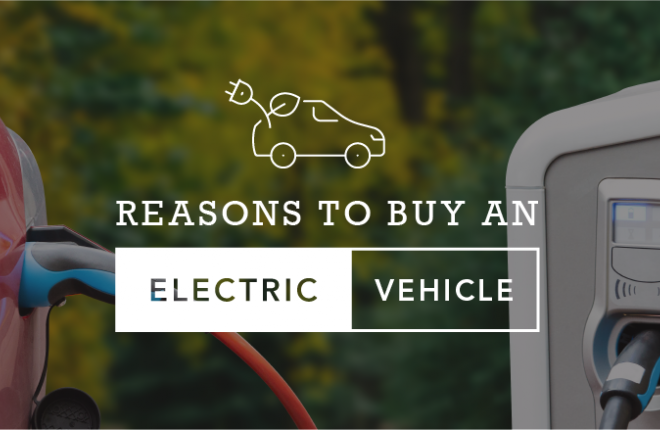
The Surge of Electric Vehicles in 2021
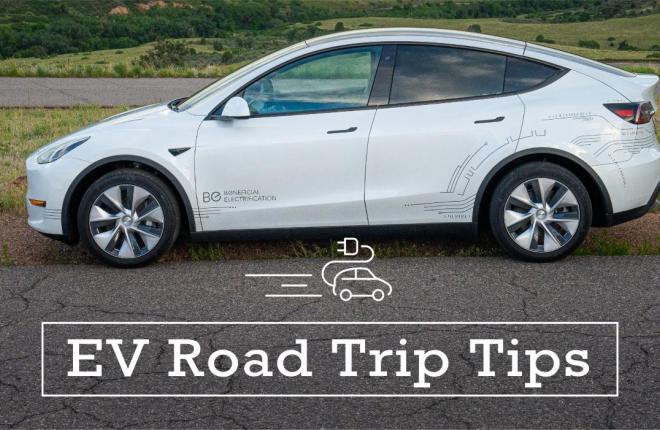
Spring Road Trip Tips in Your EV
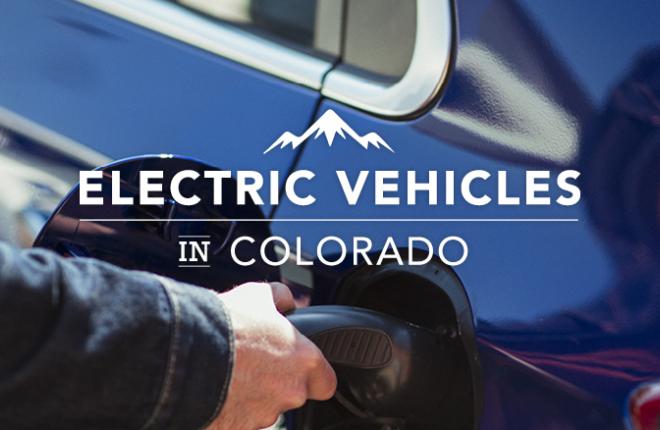
Electric Vehicles in Colorado: How Tri-State is Helping Members Transition
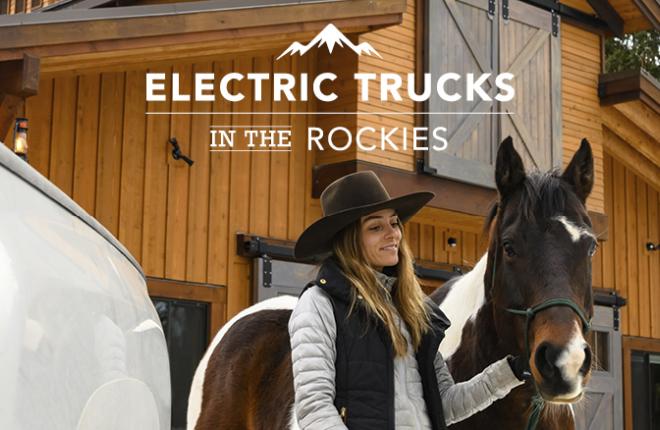
Electric Trucks May Be the Future for The Rockies

